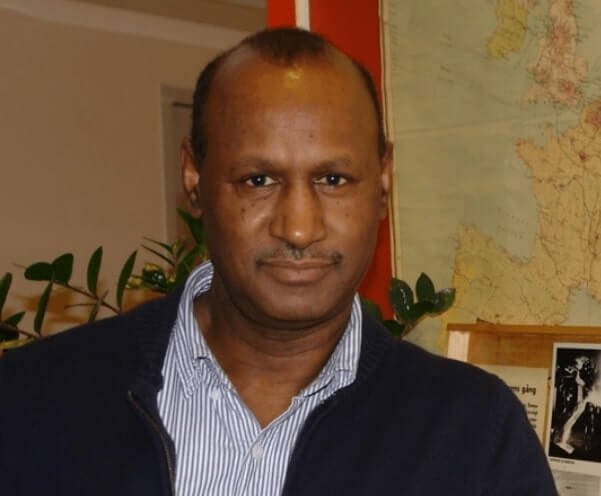HIV testing and public awareness events planned”
On Dec. 1, World AIDS Day 2012 will be observed to reflect on the impact of HIV, the lives saved, and the lives lost and with a new call to action – “Getting to Zero.”
“This is the new battle cry for the world to rally around striving for zero new infections, zero discrimination, and zero AIDS related deaths,” said Peter Carr, director of the STD and HIV Section, Minnesota Department of Health (MDH). “Just looking at the numbers, we definitely have an uphill challenge ahead.”
Worldwide, there are currently 34 million people living with HIV/AIDS. The Centers for Disease Control and Prevention (CDC) estimates that more than 1.1 million Americans are currently living with HIV and 48,100 new HIV cases occur each year in the U.S.
An estimated 7,136 people are reported to be living with HIV/AIDS in Minnesota, and an average of 300 new infections are diagnosed each year – highlighting the fact that HIV/AIDS continues to be a major public health issue in our state.
“In Minnesota, our greatest concern is that HIV continues to have a greater impact on certain communities,” said Carr. “These communities tend to be the most vulnerable and have fewer opportunities to make the choices that allow them to live healthy lives.”
Health officials noted that gay/bisexual men, other men who have sex with men, and men and women of color continue to have disproportionate rates of HIV/AIDS. This is particularly true among African-Americans, Latinos and American Indian communities.
“HIV infection remains highly preventable,” said Carr. Ways to prevent HIV infection include avoiding or delaying the start of sexual activity, using latex condoms consistently and correctly, avoiding the sharing of needles or equipment to tattoo, body pierce or inject drugs, and knowing your HIV status by getting tested.
“New research is showing that early diagnosis and getting infected persons into treatment and care can prevent the spread of HIV – but many people are not being tested,” said Carr. “The good news is that there are several HIV testing and educational events set-up for the World AIDS Day observance as well as 21 MDH funded community-based programs serving the most affected communities that will be accessible throughout the year beginning in 2013 through 2014.”
In a proclamation marking this year’s observance, Gov. Mark Dayton called for all Minnesotans to educate themselves about the risks and testing opportunities for HIV and demonstrate compassion for those infected and affected by HIV and AIDS.
To help provide dates and locations for prevention education and free testing opportunities, the MDH website offers a World AIDS Day calendar of events at: http://www.health.state.mn.us/divs/idepc/diseases/hiv/worldaidsday/calendar.html.
World AIDS Day has been held annually since 1988 under the sponsorship of the Joint United Nations Programme on HIV/AIDS (UNAIDS) and recently through the organization, World AIDS Campaign. More than 200 countries worldwide annually observe World AIDS Day.
-MDH















